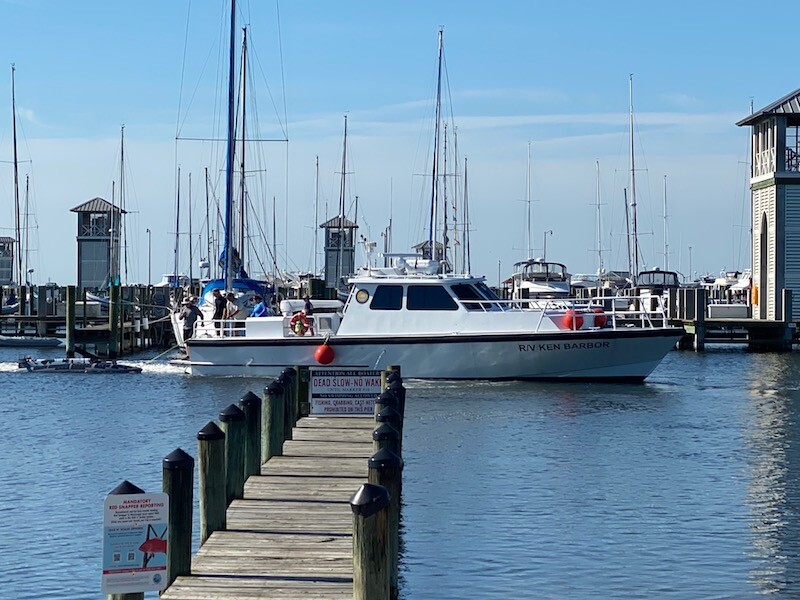The Department of Homeland Security (DHS) Science and Technology Directorate (S&T) is evaluating innovative ocean surveillance technology to support the U.S. Coast Guard’s mission of protecting the more than 95,000 miles of maritime border shoreline and 15,000 miles of waterways, seaports, and other commercially navigable waters.
DHS S&T teamed up with the Coast Guard, University of Southern Mississippi (USM), the U.S. Naval Research Laboratory (NRL), the Applied Research Laboratory (ARL) at Penn State, Ocean Aero Inc., Cherokee Nation Strategic Programs (CNSP), and the Homeland Security Systems Engineering and Development Institute (HSSEDI), to develop, acquire, evaluate, and test specialized, environmentally powered (wind and solar), multi-mission capable, unmanned surface and underwater vessels.
The evaluation team initiated acceptance testing of six Triton vessels at USM’s Marine Research Center (MRC) at the Port of Gulfport. During the ongoing testing, the team will utilize MRC’s specialized lab facilities and waterfront access to evaluate the Tritons’ capabilities in multiple areas, including navigation; surface, diving, and subsurface operations; operating effectively for long periods of time using only wind and solar power; and how well they can serve as a platform for cameras and advanced sensors to detect relevant anomalies and threats.
“S&T is excited about this opportunity to test and evaluate such a unique technology,” S&T program manager Shane Cullen said in a prepared statement. “There are a number of autonomous vessels in the field that are utilized for both commercial and military applications. However, the Triton proposes to be able to navigate while submerged and rely solely on wind and solar power when on the surface. That could make it very useful for long-term maritime protection and law enforcement operations at sea.”
“Autonomous vessels represent an emerging technology that could be integrated into various Coast Guard missions,” said Scott Craig, the unmanned systems research and development domain lead for the Coast Guard. “Through evaluation and testing we can better determine how the service can take advantage of these types of vessels in the future.”
S&T, USCG, Ocean Aero, CNSP, NRL, HSSEDI, and USM will continue to evaluate the Triton autonomous marine vessels throughout the rest of the summer. Once NRL and ARL integrate selected advanced sensors into the Triton vessels later this summer, testing will continue offshore in Gulfport into the early fall.




